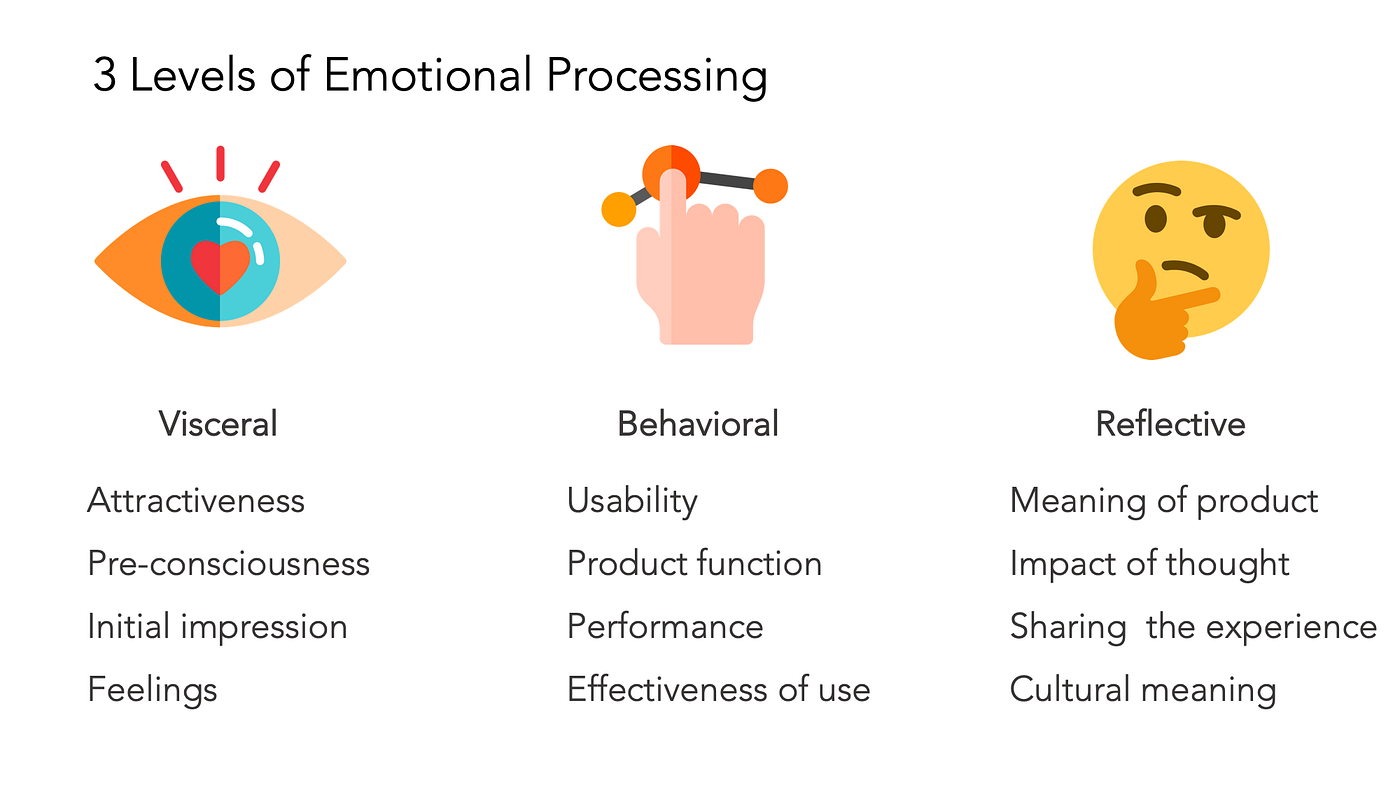Game Developer's Portfolio
Finalizing your Demo Reels
Lecture 1 in Chapter 9
Finalizing the Demo Reel
Lecture Notes
- Editing tips for pacing, transitions, and clarity.
- Adding music and voiceovers to enhance storytelling.
- Reviewing and iterating based on peer feedback.
Applying Design Principles to Game Developer Demo Reels
Your demo reel is a visual resume—it should be engaging, informative, and clear. The principles of design help ensure your reel is visually appealing and structured effectively.
Tip
This content is inspired by:
- Tyler Museum - Elements and Principles of Design.
- Ellen Mueller - Elements and Principles of Design.
- Really Good Designs - Principles of Design.
- Vistaprint - Principles of Design.
Key Principles for a 30-Second Reel
-
Balance & Composition
- Use rule of thirds and framing techniques to guide the viewer’s focus.
- Avoid clutter—ensure clarity by highlighting essential elements.
-
Contrast & Hierarchy
- Emphasize the most impressive features of your work.
- Use bold, bright, or animated transitions to direct attention.
-
Repetition & Rhythm
- Keep a consistent visual language throughout (e.g., same fonts, text styles, and colors).
- Use rhythmic cuts and transitions to maintain flow and engagement.
-
Alignment & Proportion
- Keep UI elements and overlays aligned and readable.
- Ensure elements are sized appropriately to avoid overwhelming visuals.
In class Activity
Editing for Pacing, Transitions, and Clarity
A great demo reel is not just about content but also how you present it dynamically.
Pacing
- Keep it snappy—most viewers lose interest after a few seconds.
- Follow a crescendo structure—start with a strong highlight, maintain energy, and end on an impactful note.
- Fast cuts for action, slower cuts for detail.
Transitions
- Cut on motion to make edits feel seamless.
- Use crossfades and wipes sparingly—hard cuts often work best.
- Match transitions to the tempo of the background music.
Clarity
- Avoid excessive effects—keep the focus on the content.
- Use subtle text overlays to describe what’s being shown.
- Ensure readable fonts (avoid small, cursive, or highly stylized text).
Adding Music & Voiceovers
Music Selection
- Use royalty-free or self-composed music.
- Match the tone to your project (e.g., upbeat for arcade games, atmospheric for horror).
- Keep background music subtle—avoid overpowering your visuals.
Voiceover Tips
- Keep narration short and to the point.
- Maintain consistent volume levels—avoid sudden spikes.
- Speak clearly and confidently—practice your script before recording.
The 3 Levels of Emotional Processing in a 30-Second Reel
Inspired by Donald A. Norman’s Emotional Design Model, your demo reel should engage at least one of these levels:
-
Visceral Level (Instant Reaction)
- Make an impact in the first 3 seconds of content with an exciting moment or striking visual.
- Ensure high-quality visuals and smooth animations.
-
Behavioral Level (Practical Understanding)
- Show off game mechanics, level design, or AI behavior in a way that’s easy to grasp.
- Use before-and-after comparisons or split-screen effects to highlight progress.
-
Reflective Level (Deeper Meaning)
- End with a memorable moment—a great mechanic, a unique style, or a creative innovation.
- Use a tagline or logo to reinforce your personal brand.
For more insights, check out:
Techniques for Presenting Mechanics & Ideas
Not sure how to showcase your game’s mechanics? Learn from presentation techniques used in marketing:
Watch: How to Present Your Game’s Mechanics
Tools for Editing & Enhancing Your Reel
- Color wheel - for color theory and palette selection.
- Contrast checker - to ensure text is readable against backgrounds.
- Color blindness simulator - to check how your reel appears to colorblind viewers.
Detecting and Preventing Issues Before They Happen
A polished demo reel isn't just about fixing mistakes after they occur, it is about anticipating problems before they disrupt your presentation. Here are strategies to detect and prevent issues early in your editing process.
1. Use a Storyboard or Timeline Outline
Before diving into editing, plan out the flow of your demo reel. A rough storyboard or text-based timeline helps ensure:
- ✅ A strong opening hook and impactful ending.
- ✅ Balanced pacing—not too rushed or too slow.
- ✅ Logical progression of shots to maintain clarity.
Tip
Sketch out key moments or list timestamps with descriptions (e.g., “00:03 - Character animation showcase”).
2. Check for Visual Clarity Early
- 👀 Watch your reel without sound to test if visuals alone communicate your message.
- 🎭 Desaturate (black & white mode) to check if contrast is strong enough.
- 📏 Pause at random frames—each shot should be visually readable without excessive clutter.
- 🔍 Focus in on text to ensure it’s legible at different sizes, add overlays, and backgrounds behind the texts to improve readability.
- 🖌️ Use color theory to ensure your color palette is visually appealing and accessible, and test for color blindness.
3. Listen for Audio Issues
- 🔊 Play your reel at different volumes to ensure no sound is overpowering.
- 🎙️ Check voiceovers for clarity and balance—avoid music drowning out narration.
- 🎵 Test with and without sound to ensure key moments aren’t entirely dependent on audio.
Tip
If using music, ensure smooth fades and avoid abrupt cuts.
4. Simulate Different Viewing Experiences
Not everyone will watch your reel on the same screen. Test your reel in different scenarios:
- 📱 Phone screen test – Are small text and UI elements still readable?
- 💻 Different resolutions – Does your footage lose quality when resized?
- 🌞 Brightness test – Watch it in a bright environment to check visibility.
5. Ask for Targeted Feedback Before Finalizing
🚀 Before showing your reel, ask reviewers to focus on specific concerns:
- Does the pacing feel too fast or slow?
- Is any section confusing or unclear?
- Are transitions smooth or distracting?
- Does the color contrast make key elements stand out?
Tip
Include a short text with your submission asking peers to focus on one or two areas you’re unsure about.


